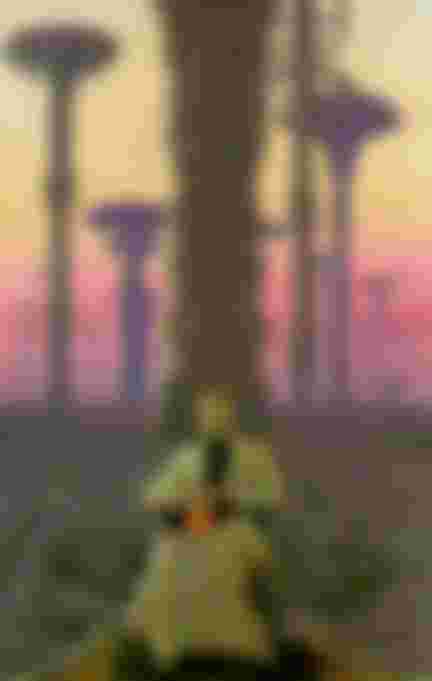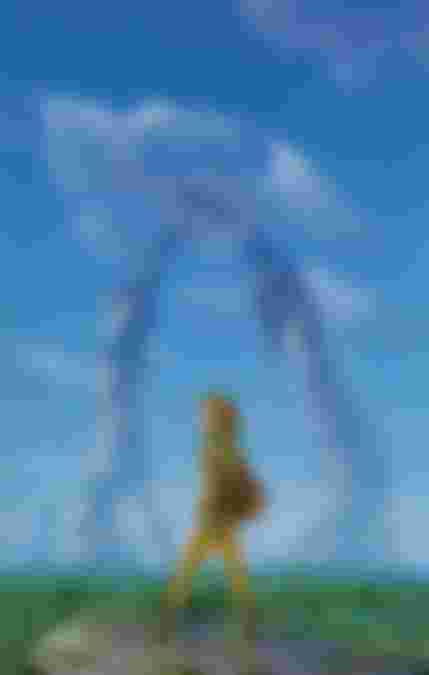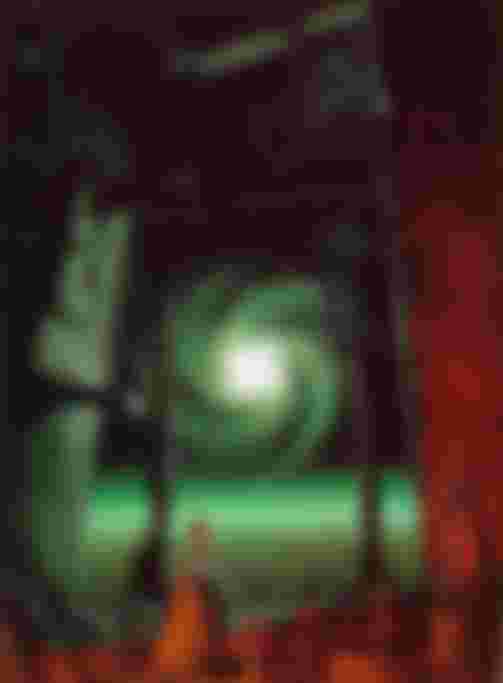(The Library: Book Series Review)
We all learn that to build something solid, it is better to build on solid ground. We call the initial laying of cement on this solid ground, this bedrock, the foundations of an edifice. But when it comes to designing the architecture of an empire, cement is not enough. It is too thick to do the job. One needs a special mind that is agile enough to encompass the complexities that are involved in predicting the future. Hari Seldon is the psycho-historian invented by Isaac Asimov, who will act as the designer and founding father of the "Foundation".
Pros
A true classic of science-fiction
Approachable and not too dark
Very interesting and unique ideas (like psychohistory and The Mule)
Cons
I found more modern, and more developed grand space opera better (Peter F.Hamilton)
The later books, Foundation's Edge and Foundation and Earth were not as good as the first trilogy
The saddest aspect of life right now is that science gathers knowledge faster than society gathers wisdom. --Isaac Asimov
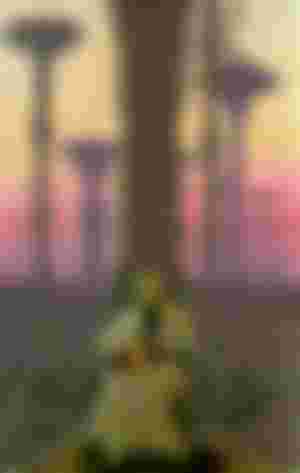
The entire series is being reviewed here as it first got published as a collection of short stories. Afterwards, the novels were published separately between 1951 and 1953. I will only review the books that I have read here and I have not read all of them. I read the first three and then the follow-up: Foundation's Edge, which was published many years later, in 1982. I also read Foundation and Earth, published in 1986. The following years would see Asimov write two prequels to the story, named Prelude to Foundation in 1988 and Forward the Foundation in 1993.
Overall, the entire series is recommended for science-fiction lovers. If science-fiction is not your cup of tea but you would still like to get acquainted with this classic series of novels, perhaps a good entry would be the many robots novels and shorts published by the same author. The famous I, Robot will probably be reviewed in a future post by The Library. In my case, it was those robot stories that led me to seek more from the excellent American author. I have included substantial illustrations because they can help visual readers to get in the feel that this wonderful series has to offer. All illustrations, except for the Encyclopaedia Galactica title below, are by the great Micheal Whelan. What you see here is the HARI collection which he made to pay honour to those novels. The small title illustration below was made by me.
I - Foundation
As the opening move of this grand space opera, Foundation deserves it name as it establishes foundations on which the rest of the novels with build upon. Defining the characters of Hari Selon, Emperor Demerzel and many others, the first novel places the opening act on the world of Trantor, a world at the core of civilised space.
This world, Trantor, is an ecumenopolis: A city covering the entirety of its host planet. Similar to other science-fiction representations such a Coruscant from Star Wars. It represents the pinnacle of technology and accomplishments for this galactic spanning civilisation and it seems that from such a domineering position, nothing could shake it. However, that is not the opinion of the wise Hari Selon.
Mathematician by trade, Hari Selon is the inventor of the science known as psycho-history. This science, at the crossroads of mathematics and sociology uses statistical laws to predict the future evolution of worlds and their populations. Using his models and science, Seldon envisions that the current Empire will fall and in its place will be a 30,000 year long Dark Age.

Thus events are set in motion for Seldon to propose the establishment of the Galactic Encyclopediae, a compendium of all human knowledge that would allow the Empire to reduce the 30,000 years to just one millennium. Seldon anticipates events that will occur in the future and is able to foresee what will cause the downfall and how to recuperate as quickly as possible.
Yet, he is perceived as a traitor and as all empires of Earth, in the last days of this Empire, enemies come from within as it disintegrates and implodes on itself. Seldon's predictions were correct and his precautions go even further than the establishment of a single foundation. The first Foundation, established on the remote world of Terminus, the one to host the Encyclopedist and the Encyclopediae Galactica itself is not enough, according to Selon. He thus establishes a secret, second Foundation, in order to insure the survival of the Empire. All of this is part of Seldon's grand Plan to reduce this interregnum to its minimum.
I found the novel to be interesting in that it describes a Brave New World, trying to stay alive against what seems to be impossible odds. They have a near-religious belief in Seldon's time capsules, pre-recordings of the old man which tell them about events that shall come to pass, given his assumptions as described in his psycho-history. It is interesting also to note those assumptions:
1 - There would be no fundamental change in human society over the thousand years of the Plan.
2 - Human reactions to stimuli would remain constant.
Again, I recommend reading this novel, even if you haven't read the chronologically preceding ones. After all, they were written after and as such, it makes sense to read the novels in the order in which they were written.
II - Foundation and Empire
The novels stay interesting here as we have previously established the foundations on which we can build. Thus we now have the Foundation on Terminus, Psycho-history and Seldon's overall vision. A wide cast of characters lives on Terminus and we follow many stories in parallel.
With such foundations in place, the story moves on to establish edifices of new architecture. Those are mostly constructs that you will form in your mind as your read the novel. The Grand Space Opera takes place! Empires clash in space battles, resources are fought over, political plots and power games all takes place in this exciting second entry in the series.
As the Foundation reaches great power in the galaxy, as anticipated and planned by Seldon, an unforeseen event will take place. That unforeseen event takes the form of a human mutant which has incredible mental powers and is able to influence the emotions of others.
This illustrates very well the concept underlying Chaos Theory, in which complex systems are none to be increasingly unpredictable as time goes by. Psycho-history, is not immune from that unpredictability. The unforeseen event, the mutant, is called The Mule. He will play a pivotal role in shaping the future of the galaxy and will also bring the Second Foundation on the stage as he strives to find it in the galaxy to eliminate or subjugate it. Mysteries surrounding this enigmatic Second Foundation are to be found in the Great Library on Trantor.
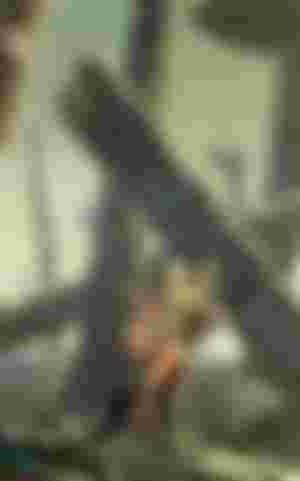
III - Second Foundation
Whereas the first Foundation was based on technology and physical, material superiority, the Second Foundation is the one of mental powers. As such, it will be the one that is best equipped to deal with the threat of the Mule.
But as mankind would have it, fighting the Mule is not enough and soon enough both Foundations will enter a mutual conflict.
All along in these novels, keep in mind, the action happens around real stars within the Milky Way. However, the mythical planet called Earth is but a legend. People talk about it as if it could have been the cradle of mankind. Its location is unknown however. Just as much mystery surrounds the Second Foundation which somehow takes the moral high ground in their fight against the First Foundation. In the end, Seldon's grand Plan to help humanity is more important that the lives of a few brave heroes.
Deepening the plot, bringing new characters into the saga and expanding the horizons even further out into the galaxy, this novel is as recommended as the preceding ones.

IV - Foundation's Edge
The characters might be shallow, lacking physical description but to this day, years after reading the novels, the names still stick in my head. Golan Trevize is such a name.
In this novel, we get acquainted with Trevize as he will become central to the story. He and a young scholar by the name of Janov Pelorat (also a name I recall to this day) will set out to find mythical Gaia.
If Trantor is an ecumenopolis, then Gaia is best describe as a self-sentient super organism planet. The concepts in the novels start to expand even wider. Golan and Janov will have to make important decisions regarding the future of the galaxy.
With that dramatic background, the players are still the first Foundation, the Second Foundation, Earth, Trantor and Gaia. Those themes are again explored in the following novel, Foundation and Earth.
Before we move on however, I would tell you that I not do recommend this novel as much as the preceding ones. If you loved the first three and do want to move on into the story then you should be pleased by this next entry. But overall, in my opinion, the best ones remain the first and second novels.
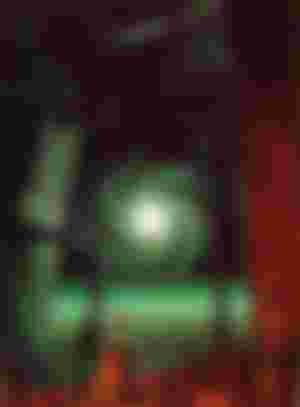
V - Foundation and Earth
I was searching for a quote by that character in the novel and I have not been able to find it. But here I want to discuss that quote and some of the themes that surface as the novels reach their conclusions.
That quote is made during a space trip where Golan Trevize, no doubt accompanied by Janov Pelorat, searches for Gaia and reflects on the existence of planet Earth. They then mention that planet Earth is rumoured to have been the site where humans first experimented with atomic weapons, going as far as using it on their own planet against themselves. It is an obvious critique to real world events that had taken place during the second world war with the bombing of Iroshima and Nagasaki.
This same character, Golan Trevize, having been so critical to the conclusion of the previous novel, continues his thoughts and discussions with Pelorat. Here we also introduce Galaxia, which is a galaxy-wide noosphere.
More discussions occur, often with another character called Bliss. This novel was interesting in that it discussed ideas of sociology applied to an entire galaxy, debating through conversation about the good and bad of each options. In the end, the reasons for Galaxia's existence would be to secure the Milky Way against an external threat.
Nuclear weapons and nuclear energy is also discussed many times and the implications of those thoughts would echo all the way through the cold war up to today in 2021. Other than those moral considerations regarding atomic weapons, Asimov also ties the Robot Series with the Foundation series here. Diverse worlds are explored and while you may lack a sense of real closure as the characters will not ultimately experience the results of their actions, you do get your fill in terms of science fiction. Foundation and Earth is recommended only if you read the preceding novels. By itself it would still be valuable but not as much as it with the rest of the series and with the Robot novels.

Conclusion
I would not typically quote Paul Krugman on economics but I did appreciate what he had to say about Foundation. I agree with him here:
But like the cardboard characters, this little implausibility in the Foundation novels matters not at all. They remain, uniquely, a thrilling tale about how self-knowledge – an understanding of how our own society works – can change history for the better. And they're every bit as inspirational now as they were when I first read them, three-quarters of my life ago. --Paul Krugman, 2012 December 4th, The Guardian
Thanks for reading!
Resources
